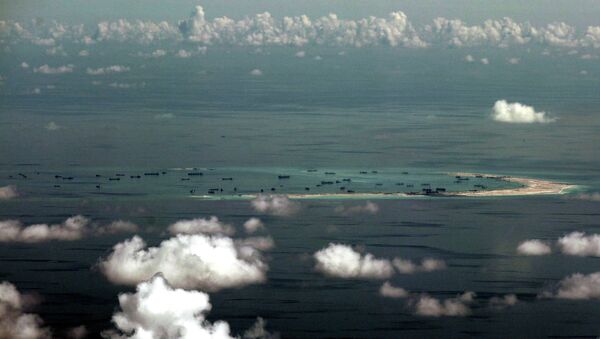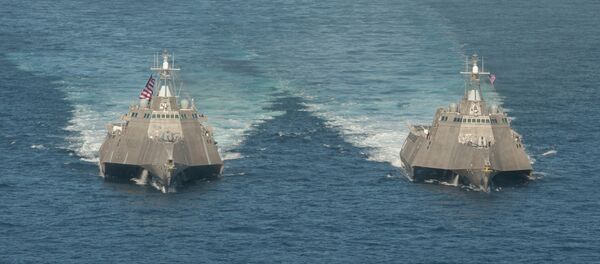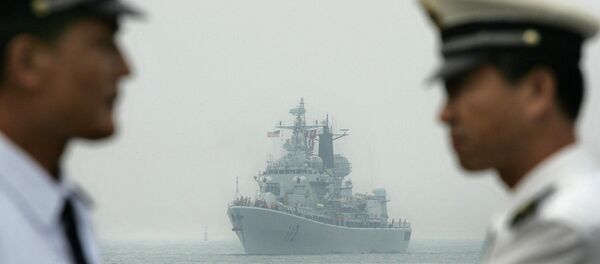“What they [Americans] really mean [by proposing freedom of navigation] is pushing back against what they perceive to be China moving forward in establishing a sphere of influence,” he said, adding that the move is part of a broader Washington strategy to maintain global naval dominance.
Draitser observed that ASEAN, comprised of ten Southeastern nations, appears to be a tool that the US uses to project its economic and military power in the region. Smaller countries caught up in this political and economic alliance must maneuver between the major opponents, Beijing and Washington.
The situation is used by regional powers to get additional economic benefits for themselves.
“As you’ve seen in the course of the last few decades industrial production shift out of so-called first world or the global north to countries like China and now Vietnam, Malaysia and Indonesia. These countries increasingly become industrial hotbeds for production of consumer goods,” Draister said.
Vietnam figures centrally in this case due to its long history of relations with both China and America, he suggested.
“Vietnam is trying to play a multi-vector strategy or play both sides against each other for its own benefit,” Draister said, adding that the country uses the territorial disputes as a diplomatic “wedge” to sweeten its relations with the US.
That is the fundamental purpose of organizations like ASEAN and treaties such as TPP, Draister added.
“All these small initiatives that include these countries in Southeast Asia are designed to provide an economic pathway for Southeast Asian countries to get away from China.”
The ASEAN summit is important to the US, Draister asserts, and could be seen as being dominated by Washington.
Washington’s policies regarding the ongoing land disputes in the South China Sea indicate that the US supports states that are not a naval power in the region and thus pose no threat.
“Is Vietnam or any of these countries really naval powers? Do they have naval power to project? Of course not,” Draister stated. “They are in a fact a part of the US broader strategy. And that’s why the US has demanded repeatedly that all disputes between China and all of these countries be mediated through the prism of ASEAN.”
ASEAN is promoted by the US as the only regional platform for conflict resolution. This stance demonstrates that Washington is struggling to break Beijing’s bilateral ties with other regional states and impede conflict resolution across the region, Draister said.






